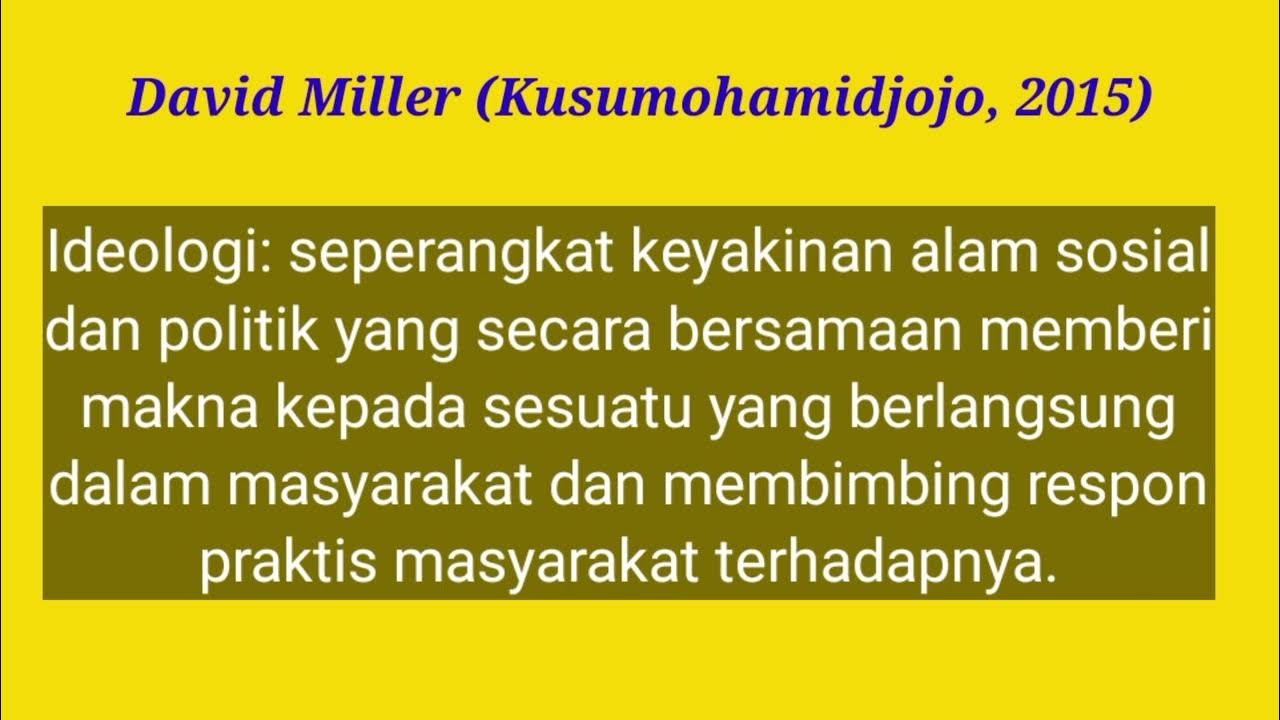Presentasi Sintaksis || Tsuryasaffana
Summary
TLDRThis video script delves into the concept of syntax, starting with its etymology and definitions. It explores the roles of phrases (frasa), clauses (klausa), and sentences (kalimat), and distinguishes between endocentric and exocentric phrases. The script explains different types of clauses (verbal, nominal, prepositional) and various sentence structures (simple and compound). Key concepts such as subject-predicate-object relationships and intonation patterns are discussed in detail, providing a comprehensive understanding of syntax in linguistics.
Takeaways
- 😀 Syntax is a branch of linguistics that deals with the structure of sentences, phrases, and clauses.
- 😀 The term 'syntax' comes from the Greek words 'sun' (together) and 'taxis' (arrangement), meaning the arrangement of words or phrases.
- 😀 In addition to Greek, 'syntax' is derived from Dutch and English, where it refers to the principles of word arrangement in language.
- 😀 According to linguist Robert (1964), syntax focuses on the relationships between words in a sentence and how words are arranged.
- 😀 Syntax is about the structural relationships between words, phrases, and clauses within a sentence, which are crucial for understanding meaning.
- 😀 A clause is a syntactic unit that contains at least one subject and one predicate, forming a complete thought.
- 😀 A phrase is a syntactic unit that consists of two or more words but lacks a predicate and cannot stand alone as a sentence.
- 😀 A sentence is a syntactic unit that expresses a complete thought, containing one or more clauses, and can stand independently.
- 😀 The structure of sentences can be categorized into two main types: simple sentences (with one subject-predicate structure) and compound sentences (with more than one subject-predicate structure).
- 😀 Frases (phrases) can be classified into different types, such as endocentric, exocentric, nominal, verbal, and adverbial phrases, based on their distribution and the role they play in a sentence.
Q & A
What is the definition of syntax?
-Syntax refers to the branch of linguistics that deals with the structure of sentences, including how words and phrases are arranged to form sentences.
What is the etymology of the word 'syntax'?
-The word 'syntax' originates from Greek, where 'sun' means 'together' and 'taxis' means 'arrangement'. It signifies the arrangement of words or groups of words to form a meaningful structure.
What do different languages contribute to the concept of syntax?
-Besides Greek, the word 'syntax' is also found in Dutch ('sintaksis') and English ('syntax'), reflecting the same concept of sentence structure in different linguistic traditions.
According to Bryson, what does syntax deal with?
-Bryson's definition of syntax involves the arrangement of arguments and construction work, suggesting that it is about organizing elements within larger constructions of language.
How does Robert (1964) define syntax?
-Robert defines syntax as the field of grammar that studies the relationships between words in a sentence and the methods used to organize them into meaningful structures.
What are clauses and phrases in syntax?
-In syntax, a clause is a syntactic unit consisting of two or more words containing a predicate. A phrase, however, consists of two or more words that do not contain a predicate.
What is the difference between a clause and a phrase?
-A clause has a predicate and can stand as a unit of meaning, while a phrase does not have a predicate and cannot stand alone as a complete idea.
What are the characteristics of a phrase?
-A phrase is a syntactic unit that consists of two or more words that are related, do not have a predicative function, and can be a part of a larger clause or sentence.
What defines a sentence in syntactic terms?
-A sentence is a grammatical unit that consists of one or more clauses. It is typically self-contained, has a clear intonation pattern, and is marked by punctuation at the end.
What are the different types of clauses mentioned in the script?
-The script mentions several types of clauses, including independent clauses, dependent clauses, verbal clauses, nominal clauses, adjectival clauses, and adverbial clauses.
Outlines

This section is available to paid users only. Please upgrade to access this part.
Upgrade NowMindmap

This section is available to paid users only. Please upgrade to access this part.
Upgrade NowKeywords

This section is available to paid users only. Please upgrade to access this part.
Upgrade NowHighlights

This section is available to paid users only. Please upgrade to access this part.
Upgrade NowTranscripts

This section is available to paid users only. Please upgrade to access this part.
Upgrade NowBrowse More Related Video
5.0 / 5 (0 votes)





